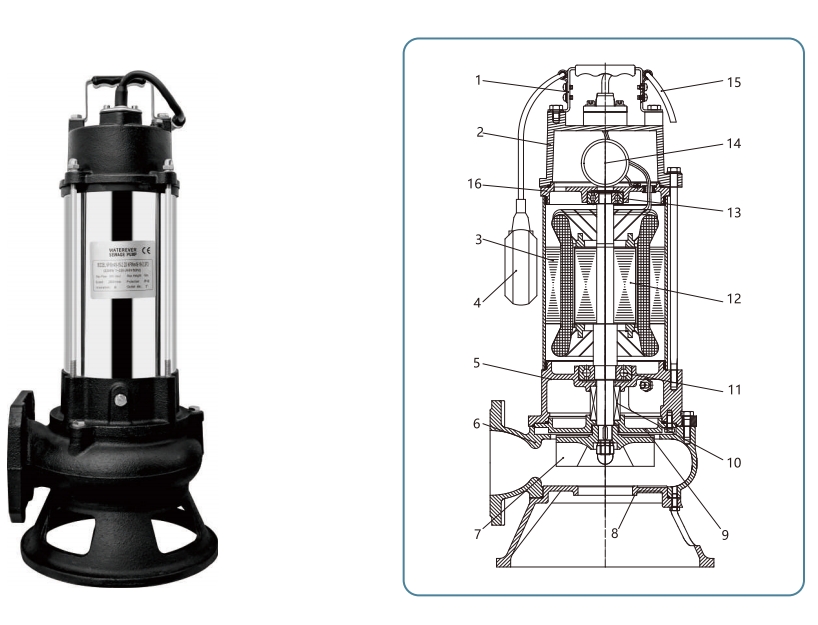Industry News
View All Products
en
As water scarcity and energy efficiency continue to shape agricultural practices worldwide, the Water Filled Solar Pump is emerging as a key solution for farmers operating in off-grid environments. These innovative systems are designed to harness solar energy while utilizing water as a stabilizing medium, creating a sustainable and dependable option for irrigation where traditional power infrastructure is limited or non-existent.
The Water Filled Solar Pump combines the advantages of solar power with a unique design that uses water to maintain the system’s internal pressure and cooling. This design not only improves overall efficiency but also enhances the pump’s operational durability in climate conditions. In remote farming areas where electric grids are unreliable or unavailable, the Water Filled Solar Pump provides an autonomous and eco-conscious irrigation alternative.
One of the significant benefits of the Water Filled Solar Pump is its ability to operate independently from fossil fuels. Powered entirely by solar panels, the pump reduces both operating costs and environmental impact. For small- to medium-scale farmers, this independence from fuel sources lowers long-term maintenance costs and decreases dependency on fluctuating energy prices. Furthermore, the Water Filled Solar Pump operates with minimal noise and produces zero emissions, which aligns with global efforts toward more sustainable agricultural practices.
Durability is another critical factor that contributes to the growing popularity of the Water Filled Solar Pump. Traditional electric pumps often face overheating or mechanical wear in harsh environments. However, the water-filled mechanism within this solar pump acts as a natural cooling system. This feature allows the Water Filled Solar Pump to function more consistently, even during extended periods of high heat or heavy usage, reducing the likelihood of breakdowns or repair needs.
From a performance perspective, the Water Filled Solar Pump is capable of supporting various types of irrigation methods, including drip systems, sprinkler systems, and surface irrigation. Its versatility makes it suitable for a wide range of crops and terrain conditions. As water management becomes increasingly critical in agriculture, having a reliable pump that adjusts to different irrigation demands gives farmers a significant advantage.
Installation of the Water Filled Solar Pump is typically straightforward, especially when compared to diesel or electric alternatives that require extensive cabling or fuel infrastructure. The compact design and modular nature of many Water Filled Solar Pump models make them ideal for rural deployment. Some systems can even be relocated seasonally, allowing farmers to adjust their setup as needed based on crop cycles or land use changes.
Another advantage of the Water Filled Solar Pump is its low maintenance requirements. Because the system does not rely on combustible engines or high-voltage electricity, fewer mechanical parts are exposed to wear and tear. models come with built-in filters and corrosion-resistant materials, further extending the pump’s service life. As a result, farmers can spend more time managing their crops and less time maintaining irrigation equipment.

The growing interest in the Water Filled Solar Pump is also supported by policy changes and government incentives in several countries. Many agricultural development programs now encourage or subsidize the adoption of solar-powered irrigation, recognizing the long-term benefits for food security, resource conservation, and rural economic development.
In conclusion, the Water Filled Solar Pump is playing a transformative role in off-grid irrigation systems. Its combination of solar energy, water-based design, and adaptable performance offers a compelling solution for modern farmers facing water access and energy challenges. As demand for sustainable agriculture continues to rise, the Water Filled Solar Pump is set to become a mainstay in both developing regions and progressive farming communities.
